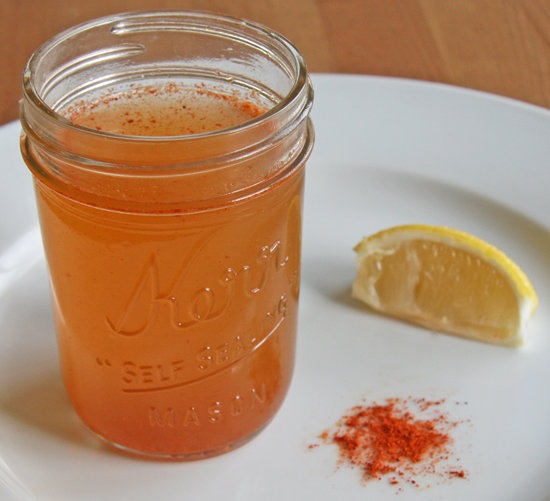Life as a busy parent often feels like a whirlwind of soccer practices, work meetings, and everything in between. But when it comes to achieving your fitness goals—whether it’s shedding fat or building muscle—a well-structured diet can make all the difference. Let’s break it down into a practical, step-by-step approach to help you hit those goals without adding stress to your already packed schedule.
Why Tracking Macros Works
If you’ve been eating healthy but have hit a plateau or want precise control over your progress, tracking macronutrients (protein, carbs, and fat) is your secret weapon. By knowing exactly how many grams of each macro to eat, you can tailor your diet to meet your fitness goals. Whether you want to drop pounds or build muscle, this method provides clarity and control while minimizing guesswork.
Step 1: Calculate Your Resting Metabolic Rate (RMR)
Your RMR is the number of calories your body needs to keep you alive at rest. To find it, we’ll use the Mifflin-St Jeor equation, which is reliable and straightforward.
First, convert your body weight to kilograms (weight ÷ 2.2) and height to centimeters (height × 2.54).
For men:
(10 × weight in kg) + (6.25 × height in cm) – (5 × age in years) + 5
For women:
(10 × weight in kg) + (6.25 × height in cm) – (5 × age in years) – 161
For example, if you’re a 40-year-old woman weighing 160 lbs (73 kg) and standing 5’6” (168 cm):
(10 × 73) + (6.25 × 168) – (5 × 40) – 161 = 1,434 calories (your RMR)
Step 2: Factor in Your Activity Level
Busy parents rarely sit still all day, so you’ll need to account for your activity level. Multiply your RMR by the factor that best represents your daily activity:
- Light activity (exercise 1–3 times/week): × 1.375
- Moderate activity (exercise 3–5 times/week): × 1.55
- Very active (exercise 6–7 times/week): × 1.725
For the example above, if you exercise moderately, multiply 1,434 × 1.55 = 2,223 calories. This is how many calories you need to maintain your weight.
Step 3: Adjust Calories Based on Your Goal
- To lose weight: Subtract 500 calories per day.
- To gain muscle: Add 500 calories per day.
So, for fat loss, you’d aim for 1,723 calories daily, while muscle gain would require 2,723 calories.
Step 4: Break It Down Into Macros
Now that you know your calorie needs, divide them into macronutrients. Each macro plays a unique role in your health and fitness goals.
Protein: Your Muscle Saver
Protein supports muscle growth, repair, and keeps you feeling full longer. Aim for 1 gram of protein per pound of body weight, or adjust to your goal weight if you’re significantly overweight.
For example, if you weigh 160 lbs, eat 160 grams of protein daily. Since protein has 4 calories per gram, this totals 640 calories.
Top Protein Picks for Busy Parents:
- Grilled chicken or turkey
- Greek yogurt
- Eggs and egg whites
- Protein shakes (great for on-the-go snacks)
Fat: A Healthy Essential
Fat is crucial for hormones and overall health but is calorie-dense at 9 calories per gram. Start with 0.5 grams of fat per pound of body weight or goal weight.
For our 160 lb example:
160 × 0.5 = 80 grams of fat (720 calories).
Healthy Fats to Include:
- Avocado
- Olive oil
- Nuts and seeds
- Fatty fish (like salmon)
Carbohydrates: Energy to Keep Up
Carbs fuel your busy day and workouts. Subtract the calories from protein and fat from your daily total to find your carb allowance.
For example, if your target is 1,723 calories:
- Protein = 640 calories
- Fat = 720 calories
- Remaining for carbs = 1,723 – (640 + 720) = 363 calories ÷ 4 = ~91 grams of carbs.
Smart Carb Choices:
- Sweet potatoes
- Quinoa or brown rice
- Fruits (like berries or apples)
- Vegetables (unlimited greens for fiber and nutrients!)
Step 5: Track and Adjust
Start tracking your meals with an app like MyFitnessPal to stay on top of your macros. After two weeks, reassess your progress:
- If you’re not losing weight, cut 200–300 calories (from carbs or fat, not protein).
- If you’re not gaining muscle, add 200–300 calories (mostly from carbs).
Simplified Tips for Busy Parents
- Batch cook: Prep lean proteins, roasted veggies, and grains on Sundays to save time during the week.
- Pack snacks: Keep protein bars, nuts, or Greek yogurt handy for quick, healthy options.
- Be flexible: Eating out? Estimate portions using the hand-portioning method.
Slow and Steady Wins the Race
Whether you’re looking to lose fat or build muscle, the key is consistency. Take progress photos, measure yourself, and focus on how your body feels, not just the number on the scale. With this plan, you’re not just improving your health—you’re setting a strong example for your kids.
Ready to transform? You’ve got this!

Subscribe To Our VIP Newsletter
Join our VIP mailing list to receive additional content that goes even deeper into the latest tips to ensure you and your families health, fitness and wellness.






















